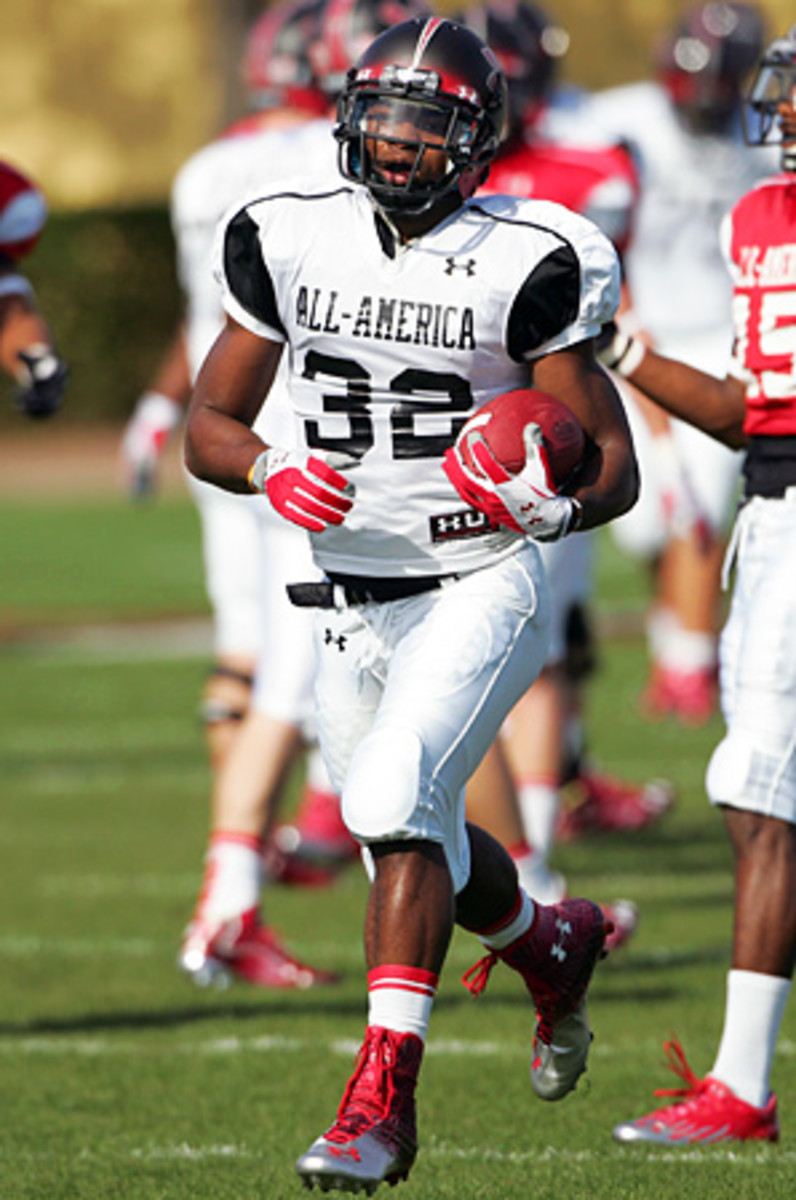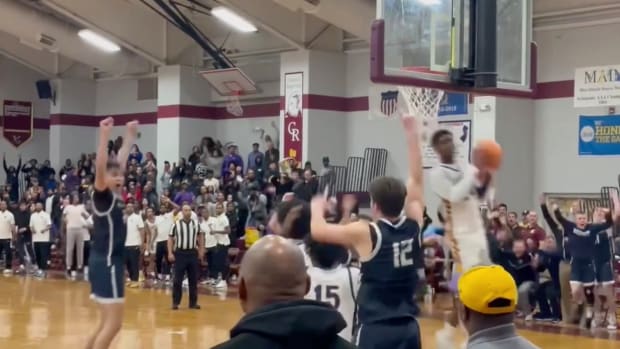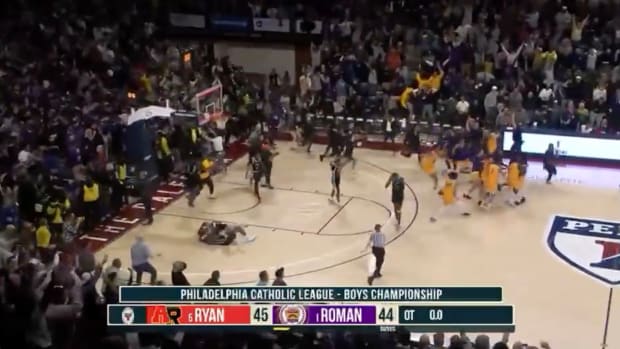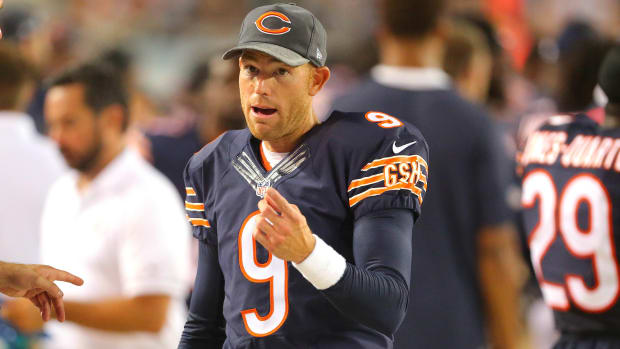
Texas, Baylor lead Lone Star State programs stockpiling local recruits
Born and raised in Celina, Texas, Jake Raulerson grew up rooting for Florida.
"My dad was born in Jacksonville," the four-star offensive tackle said, "and he's been a Florida fan forever."
Yet when it was time to decide where he wanted to play college football, Raulerson had no qualms. The nation's No. 51 prospect took pride in becoming Texas' first verbal commitment in the class of 2013.
Raulerson's decision shouldn't come as any surprise. He's merely the latest in a long line of local standouts who chose to play close to home. And while debate rages over which state produces the most football talent -- Texas, Florida or California? -- there's no question which one keeps the majority of its top prospects. Texas schools maintain a near monopoly over their prized in-state recruits.
Rivals analyzed the last five recruiting classes for the 117 non-academy FBS programs to find out which schools signed the highest percentage of in-state players. Texas led the way, with 91.3 percent of its signees coming from within state borders.
"That doesn't surprise me," Raulerson said. "When you're born and raised in Texas, you're going to want to go to Texas and be in the state. When you're born and raised here, you love it here. It's not really a place you want to leave."
Other schools in Texas have followed similar strategies. In fact, six Texas schools landed among the top 10 in attracting in-state recruits: No. 2 Baylor (88.1 percent), No. 6 Rice (85.3), No. 8 Houston (84.3), No. 9 Texas A&M (81.2) and No. 10 TCU (78.8). The only non-Texas teams in the top 10 were No. 3 Fresno State (87.8), No. 4 San Jose State (87.5), No. 5 San Diego State (85.7) and No. 7 Florida Atlantic (84.4).
Every FBS program in Texas relied on in-state prospects to account for more than 60 percent of its signing classes over the last five years. The fact that Texas schools topped the list didn't surprise coaches in the Lone Star State.
"There are 11 Division I-A football teams in the state of Texas [UT San Antonio and Texas State will make it 12 this fall], so there are a lot of choices for those players to stay in state and allow their parents and the people who are kin to them stay and watch them play," said Baylor coach Art Briles. "And you'll play a high brand of football. There's no reason to jump out of your backyard when you've got everything you need in it."
By comparison, in-state prospects made up approximately 65 percent of Miami's signees and 55 percent of Florida and Florida State's recruits. And though California players comprised over 70 percent of the recruiting classes at USC and UCLA, Cal had to look out of state for 43 percent of its signees.
"Kids in the state of Texas choose to stay more often than not," said Houston coach Tony Levine. "You look at the Atlanta area, there's a lot of kids there, and a lot who leave the state of Georgia to go to other schools. You tend to see these high school kids in the state of Texas wanting to stay in state and closer to home than you do kids in other states."
Brian Perroni, Rivals' Texas recruiting analyst, cites another factor: the presence of high-profile programs just outside of Florida and California. Many of them -- such as Alabama, Auburn and Oregon -- are within driving distance and can provide equal (if not greater) opportunities.
"With Florida, you have Georgia, Alabama, the Carolinas relatively close," said Perroni. "Texas is a huge state. Texas and Texas A&M are sort of in the middle, centrally located to recruit kids. Other [out-of-state] schools are so far away, other than the Oklahoma schools and LSU, so there's more incentive for Texas kids to stay in state. Every school in the country recruits the state of Texas, but I don't think schools hit it quite as heavily as they do Florida."
It also may help explain why Texas annually gets off to such a quick start. The Longhorns typically add the majority of their verbal commitments well in advance of Signing Day, at Junior Day events that take place during the offseason. This year is no different. As of Monday, Mack Brown and Co. already had 10 pledges for 2013, all from in-state talents. Each of the five previous years, the Longhorns had at least 12 commitments by the end of February.
"Texas is a great place and a great product," said Texas co-recruiting coordinator Bruce Chambers. "It doesn't take a whole lot to sell that product. From an academic standpoint and from a tradition standpoint and the alumni ... those are all positives. Couple that with a winning program that has withstood the test of time, and people want to be a part of that. Then throw in the fact that you don't have to go outside the state of Texas to play in BCS games, win a national championship or get television exposure. All those are things young athletes look at."
The trend has even gained traction among private institutions. While Baylor and Rice have landed homegrown prospects, more than three-quarters of Stanford and Northwestern's recruits have been out-of-state players. Other private schools with low percentages of in-state recruits include Duke (28.8), Vanderbilt (17.0), Wake Forest (16.1) and Notre Dame (9.7).
"Every day I've lived and every day that I've coached, it's been in the state of Texas," said Briles, who led Stephensville (Texas) High to four state championships before moving to the college ranks. "I know who I'm dealing with and know what to expect when I get those people. I'd say that's probably the main reason."
He added, "You don't have to look over the fence to see what you're looking for sometimes. We feel pretty good about what's in our backyard."
Most Texas high school players apparently feel the same way.




